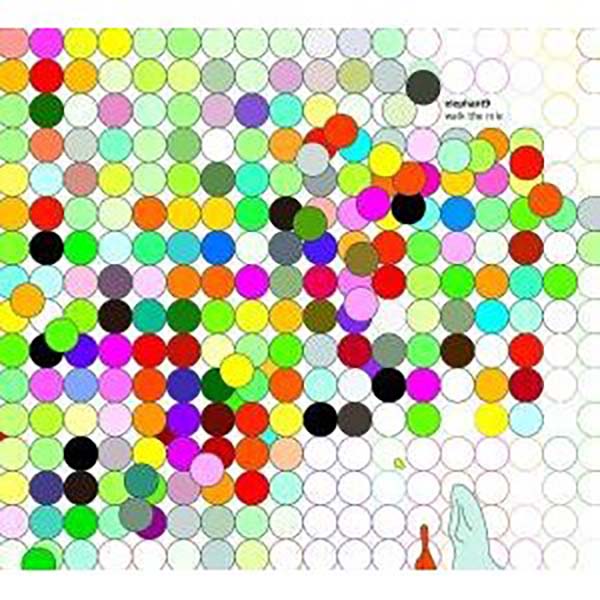
by Tim Owen
April 29, 2010
/ ALBUM
A groove-laden, locomotive powerhouse. It should have immense crossover appeal.
elephant9
Walk The Nile
Rune Grammophon
St?le Storl?kken- Fender Rhodes, Hammond organ, synthesizer
Nikolai H?ngsle Eilertsen- electric bass
Torstein Lofthus- drums
Unlikely as it may have seemed, the Fender Rhodes and Hammond organ are shaping up as the jazz instruments of 2010. Even more unlikely, in contrast with previous surges in these instruments’ popularity, there’s no one defining sound; the instruments’ appeal lies in their relatively circumscribed usage to date. As evidence of that, check my recent reviews of CDs by the Bedrock Trio (an exuberant update of Herbie Hancock’s 70s legacy), Decoy (who conciliate the Hammond with free music), and Supersilent (whose intense, otherworldly “9”, is the Hammond in homoeostasis).
With the departure of drummer Jarle Vespestad, St?le Storl?kken became arguably the central figure in Supersilent. It will be interesting to hear how they next progress. He is also active in the Humcrush duo in which, at least in concert (see my recent review elsewhere on this site), he eschews the Hammond. elephant9 gives him a third vehicle, and it takes him in yet another direction. “Walk The Nile” has its ruminative passages, but for the most part the group’s second CD is a groove-laden, locomotive powerhouse, a jazzist take on the least narcoleptic strains of classic 70s, Fillmore-era rock. It should have immense crossover appeal.
The elephant9 sound synthesizes the earlier, aggressive Supersilent sound with the most ecstatic classic fusion and even a shot of the hipster swagger of the very best of the 80’s UK Acid Jazz, specifically as encapsulated by the James Taylor Quartet in top form, as on their punchy retooling of the “Theme from Starsky and Hutch”. elephant9, however, are much more gripping and immediate than the likes of the JTQ ever were, and absolutely free of retro/revivalist sentiment. The group undoubtedly have antecedents, but “Walk the Nile” manages to be bracingly contemporary; its indebtedness to its musical forebears is evident in its musical genome, but the forms it takes are just as subtly, individualistically entrenched and mutated as our own DNA.
The rhythm section of Nikolai H?ngsle Eilertsen (The National Bank) and Torstein Lofthus (Shining) has the drive of a rock group, and they are often caught up in their own giddy momentum, piling excitement on excitement. The equally hard-hitting “Fugi Fomix” and “Aviation” are set at the album’s opening like snares for casual listener, the browsing rock fan. “Hardcore Orientale”, the sharpest rapprochement with the hardest vintage psych or prog rock, is perhaps the stand-out track. But the album’s great success lies in its variety and superb pacing. These more forceful tracks are separated by longer pieces; the stormy title track, with its aggressive drumming and lowering atmospherics, and the moody, muscular “Habanera Rocket”, its deferred launch building anticipatory tension. The track sequencing is immaculate, and the whole album is best absorbed in one straight, head-spinning draught.
blog comments powered by Disqus